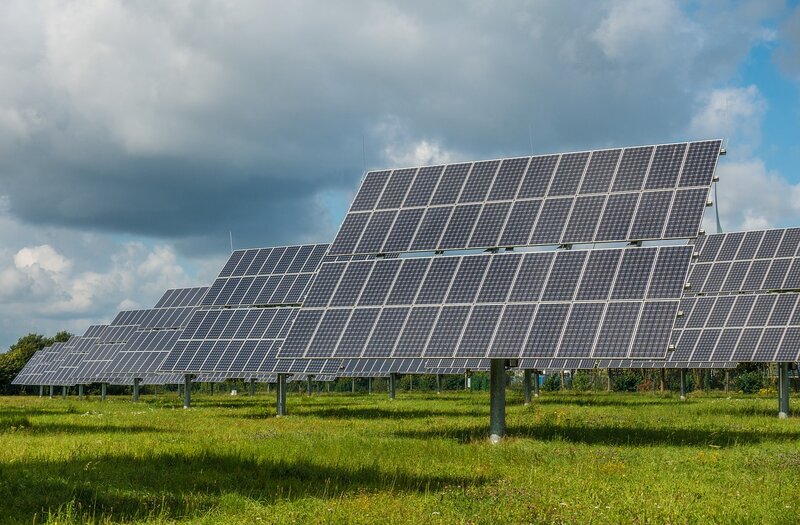Driven by technological advances, facilities are being built with battery storage systems that can hold enough renewable energy to power hundreds of thousands of homes, solving a key challenge for renewable energy- the intermittency of wind and solar.
—
Driven by steeply falling prices and technological progress that allows batteries to store larger amounts of energy, grid-scale systems are seeing record growth in the Us and beyond. In the US, an important part of this growth is state clean energy mandates, as well as tax incentives for storage systems that are paired with solar installations.
California is the global leader in balancing the intermittency of renewable energy in electric grids with high-capacity batteries. However, rapid gains are being made around the world, from a 409MW system in South Florida, to a 320MW plant near London, to a 200MW facility in Lithuania and a 112MW unit in Chile.
You might also like: Investing in Mangrove Restoration Could Return USD$11.8Bn by 2040- Report
In the US specifically, a 182.5MW plant produced by 256 Tesla megapack batteries are scheduled to begin feeding into California’s electric grid in mid-2021, with plans to eventually add enough capacity at the site to power every home in nearby San Francisco for six hours, according to the Bay Area utility, Pacific Gas & Electric, which will own and operate the system. Elsewhere in California, a 250MW storage project went online in 2020 in San Diego, construction has begun on a 150MW system near San Francisco, a 100MW battery project is nearing completion in Long Beach, and a number of others are in various stages of development around the state. Nationwide, a record 1.2GW of storage was installed in 2020. This is expected to rise to nearly 7.5GW in 2025.
This mass deployment of battery storage could overcome one of the biggest obstacles to renewable energy- its cycling between oversupply when the sun shines or the wind blows, and shortage when the sun sets or the wind stops. By balancing these states out, batteries can produce fossil fuel “peaker” plants that kick in for a few hours when energy demands increase. Widespread energy storage is therefore crucial to expanding the reach of renewables.
However, how quickly this happens depends largely on how quickly costs continue to fall. Utility-scale battery storage in the US dropped nearly 70% between 2015 and 2018. This has been enabled by advances in lithium-ion batteries that have improved in performance. Mid-range costs for these batteries could fall an additional 45% between 2018 and 2030.
However, in Europe, energy storage development has been hindered by a restrictive electricity market dominated government auctions that tend to undervalue storage.
Globally, energy storage could reach 1.2TW over the next decade. Key players include Australia, which in 2017 became the first nation to install major battery storage on its grid with the 100MW Hornsdale Power Reserve, and is now planning to add another 300MW near Victoria. The new system will dispatch electricity between states on an as-needed basis, maximising the efficiency of existing transmission infrastructure and reducing the need for building new power lines that would sit idle most of the time.
Similar projects are gearing up in Germany, and Saudi Arabia has just announced plans to build the world’s largest battery with a massive solar-plus-storage system on the country’s west coast. The facility will provide 100% renewable energy around the clock to a resort complex of 50 hotels and 1 300 homes being built along the Red Sea.
Adding storage also makes renewable energy more profitable, by soaking up excess energy that would have been lost in the middle of the day, when electricity demand is lower, and moving it to a time when it is more valuable.
However, while energy storage is thriving in high-value markets, such as California, battery prices still need to come down more to reach large-scale global deployment.

















